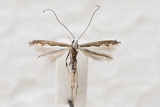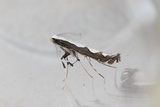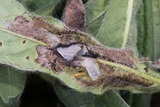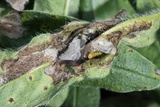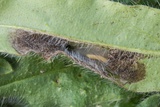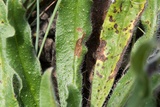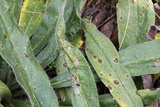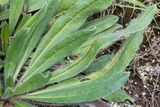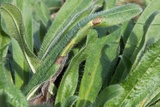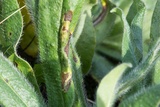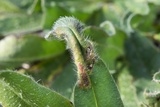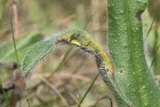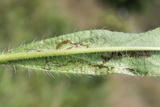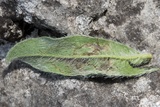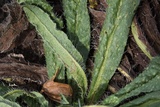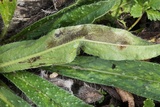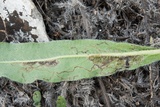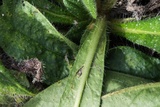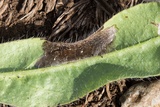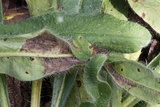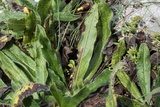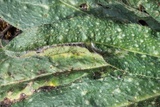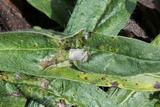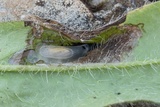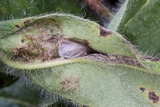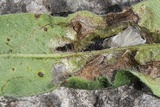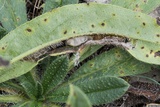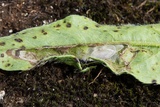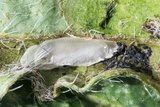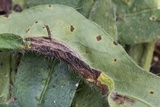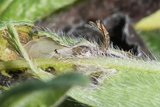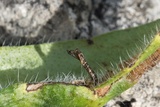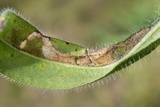Dialectica scalariella (Zeller, 1850) Species
Last modified: July 13, 2024, 6:29 p.m.
New species to Belgium in 2023 in LI and NA.
Details
- Classification
- Family: Gracillariidae > Subfamily: Acrocercopinae > Genus: Dialectica > Species: Dialectica scalariella
- Vernacular names
- Echium Leaf-miner, Bugloss slender (EN)
- Status
-
Native
Distribution
Egg
It attaches opalescent eggs to the undersurface of host leaves. They hatch in 4–6 days.
Cocoon/pupa
The inner and outer cocoon are both conspicuously white, with the inner cocoon broadly ovate to roundish, rarely with attenuate ends, and relatively large, often nearly filling the outer cocoon.
At emergence the pupa forces it way through both layers of the cocoon and the epidermis of the leaf, protruding from the mine.
Bionomics
The larvae destroy leaves by forming large bulbous blotch mines. The first three instars enlarge the mine gradually, forming a transparent lens-like blotch mine in which all tissue between the two epidermal layers has been consumed, the epidermis eventually turns brown. Within the mine, the final instar larva constructs a white cocoon in two layers.
It overwinters in the mine as alarva or a pupa.
Flight periods
The species shows a great deal of flexibility in its development with a wide variation in the number of generations (5 to 7) each year and their timing, depending on location. This is likely to be strongly dependent on temperature, which affects the speed of development and whether diapause is required.
In our temperate climate it is assumed that the species has two extended generations a year. The adults can be seen from April/May and again from August towards October.
Observed on
- Host plant (species):
- Echium vulgare
The caterpillar lives on Echium vulgare, which is the most commonly used food plant. Also but less on other Boraginaceae.
Habitat
Areas with the food plant and preferably in warmer places.
